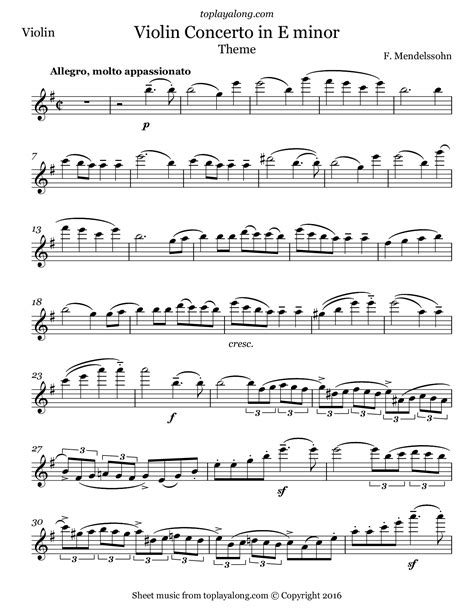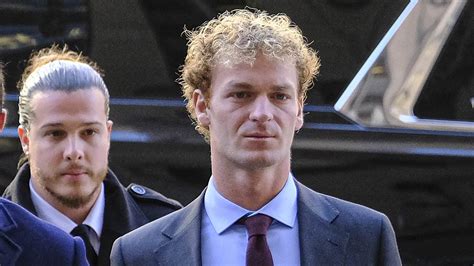The violin concerto in E minor is a cornerstone of classical music, renowned for its technical challenges and profound emotional depth. Composed by Felix Mendelssohn, this concerto is a staple of violin repertoire, pushing the boundaries of the instrument while showcasing the composer’s mastery of melody and harmony. For violinists and music enthusiasts alike, delving into the intricacies of this concerto can be a transformative experience, offering insights into the very soul of music itself.
Historical Context: A Gateway to Understanding
To truly appreciate the violin concerto in E minor, it’s essential to understand the historical context in which it was written. Mendelssohn, a child prodigy and one of the most significant figures of the early Romantic period, was deeply influenced by the works of Johann Sebastian Bach and Ludwig van Beethoven. His concerto, completed in 1844, reflects a blend of classical form with romantic expressiveness, making it a pivotal work in the transition between these musical eras.
The concerto’s premiere, which took place in 1845, was performed by Ferdinand David, a close friend of Mendelssohn’s and an accomplished violinist. David’s collaboration was not only as a performer but also as a consultant during the composition process, ensuring that the violin part was both technically feasible and musically compelling. This partnership highlights the importance of collaboration in musical creation, where the input of skilled performers can elevate a composition from mere notes on a page to a living, breathing entity.
Technical Challenges: A Path to Mastery
For violinists, the concerto in E minor presents a myriad of technical challenges that, when overcome, can significantly elevate one’s musical skills. The work demands agility, precision, and a profound understanding of bowing techniques. The opening movement, with its soaring melodies and intricate passages, requires a violinist who can balance lyricism with technical prowess. The second movement, a lyrical and introspective adagio, calls for a deep, expressive tone, while the finale, a lively and exuberant allegro, tests the violinist’s ability to execute complex double stops and chordal passages with clarity and precision.
Mastering these technical challenges involves a dedicated practice regimen, one that balances the development of physical dexterity with musical interpretation. Practitioners must delve into the subtleties of phrasing, dynamics, and articulation, always mindful of the historical context and the composer’s intentions, yet also bringing their own unique voice to the performance.
Emotional Depth: Connecting with the Music
Beyond the technical aspects, the violin concerto in E minor is a work of profound emotional depth, capable of evoking a wide range of feelings in both the performer and the listener. Mendelssohn’s music is characterized by its lyricism, his melodies weaving a narrative that is at once personal and universal. The concerto’s ability to connect with listeners on an emotional level is a testament to the power of music to transcend time and circumstance, speaking directly to the human experience.
To fully connect with this music, one must approach it with an open heart and mind. Listening to recordings by renowned violinists can provide insights into different interpretations and techniques, while attending live performances can offer a unique, immersive experience. For those who take up the challenge of performing the concerto, the journey of preparation can be a deeply rewarding one, leading to a profound understanding of the music and, indeed, of oneself.
Practical Application: Elevating Your Skills
For musicians seeking to elevate their skills through the study and performance of the violin concerto in E minor, several practical steps can be taken: - Dedicated Practice: Set aside time each day to practice, focusing on both the technical challenges presented by the concerto and the development of a rich, expressive tone. - Musical Exploration: Explore the broader context of Mendelssohn’s work, listening to his other compositions and reading about his life and influences. This can deepen your understanding of the concerto and inform your interpretation. - Collaboration: Seek out opportunities to collaborate with other musicians, whether through performance or simply playing together. This can provide valuable insights into your playing and help you develop a more nuanced musicality. - Professional Guidance: Consider working with a professional violin teacher or coach who can provide personalized feedback and guidance. Their expertise can help you overcome technical hurdles and achieve a more polished performance.
Conclusion
The violin concerto in E minor stands as a pinnacle of musical achievement, a work that challenges, inspires, and ultimately transforms those who engage with it. Whether as a listener, a performer, or simply as someone who appreciates the beauty and complexity of music, this concerto offers a journey of discovery and growth. Through its technical challenges, emotional depth, and historical significance, it invites us to elevate our musical skills, to delve deeper into the world of sound, and to experience the profound joy and fulfillment that music can bring.
Frequently Asked Questions
What are the key technical challenges in the violin concerto in E minor?
+The concerto presents several technical challenges, including intricate passages, double stops, and chordal playing, especially in the first and third movements. Mastering these elements requires focused practice and a strong foundation in violin technique.
How can I deepen my understanding of Mendelssohn’s violin concerto in E minor?
+Deepening your understanding involves exploring Mendelssohn’s other works, reading about his life and the historical context in which the concerto was composed, and listening to a variety of performances to appreciate different interpretations.
What role does collaboration play in preparing to perform the violin concerto in E minor?
+Collaboration with other musicians, such as working with a pianist for accompaniment or seeking guidance from a professional violin teacher, can provide valuable insights and help refine your performance. It’s also a good idea to play with orchestras or ensembles when possible to get a feel for the larger musical context.



